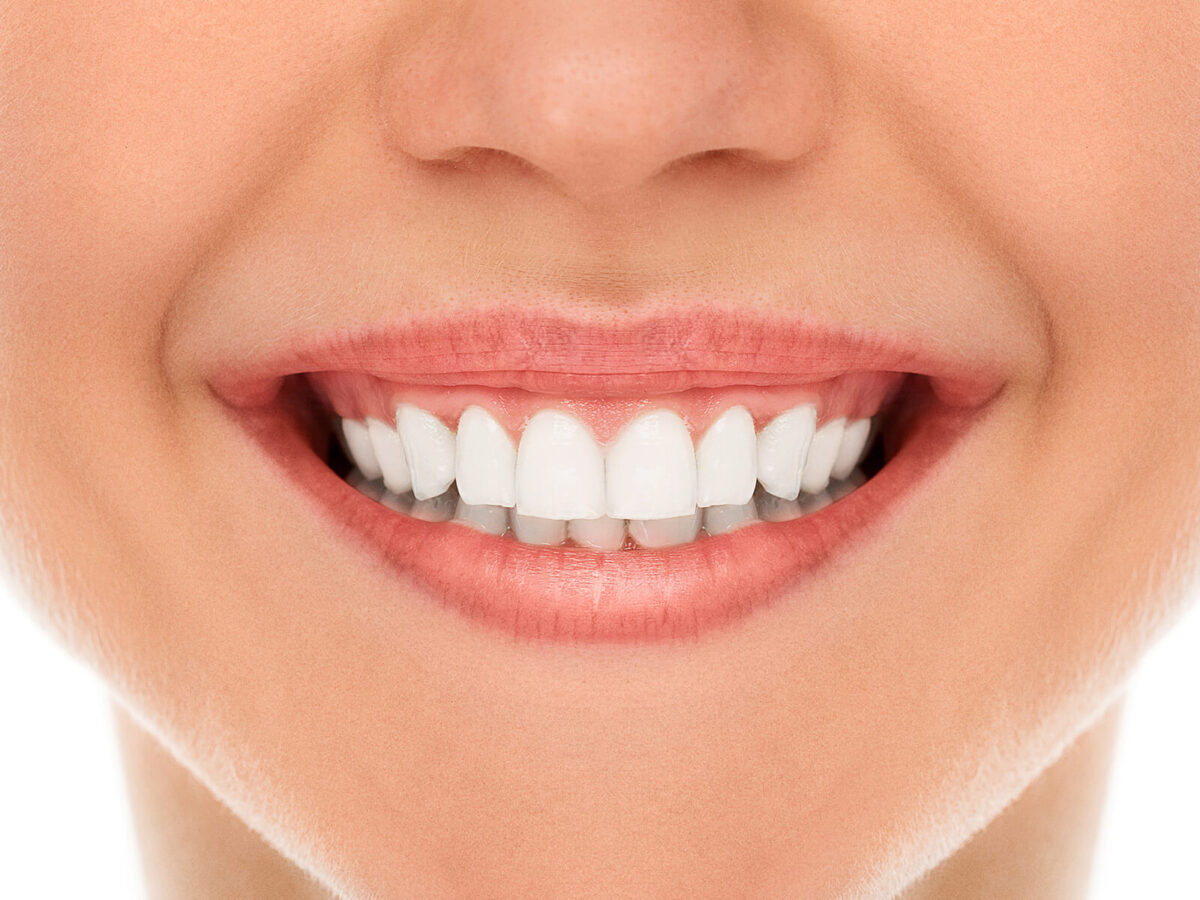Root canal treatments are vital interventions to salvage a severely compromised or infected tooth. Nevertheless, a fraction of individuals may encounter sinus issues subsequent to this dental procedure. Through this detailed exploration, the best Mathis Dentist TX unpacks the potential nexus between sinus complications and root canal treatments, shedding light on the origins, symptoms, and viable remedies to foster a comprehensive comprehension of this condition and to optimize oral well-being.
Understanding the Sinus-Root Canal Connection
The sinuses, air-imbued cavities within the facial bones, are proximate to the upper teeth. Notably, the upper molars’ roots can protrude into the sinus cavity. Although a root canal is meticulously conducted to eradicate infection and conserve the tooth, complications that might influence the neighboring sinus can arise.
Potential Causes of Sinus Problems After Root Canal
- Root Perforation: A dental professional might inadvertently puncture the root, forging a conduit for bacterial invasion into the sinus cavity.
- Inadequate Sealing: An improperly sealed root canal could permit bacterial re-entry, causing a lingering or recurrent infection impacting the sinus.
- Sinus Communication: Anatomical peculiarities or procedural complications may foster a direct link between the root canal and the sinus.
- Infection Spread: An unaddressed or extensive tooth infection from the outset may proliferate to the sinus.
- Overfilled Root Canal Material: An overabundance of filling material might irritate adjacent tissues, eliciting sinus symptoms.
Symptoms of Sinus Problems Post-Root Canal
- Persistent Discomfort or Pain: Ongoing soreness or pain near the treated tooth, potentially affecting the sinus area.
- Nasal Congestion: Common sinus afflictions include nasal blockage, breathing difficulties, or a sensation of sinus pressure.
- Headache: Recurrent frontal headaches may stem from sinus concerns linked to a root canal.
- Postnasal Drip: An increased mucus output and postnasal drip could signal sinus involvement.
- Foul Odor or Taste: A malodorous scent or taste in the mouth might indicate an infection migrating from the tooth to the sinus.
Seeking Professional Evaluation
Persisting or escalating symptoms post-root canal necessitate an immediate assessment by the best Mathis Dentist TX or another qualified dental expert. A comprehensive review, potentially incorporating imaging like X-rays or CT scans, can elucidate the root canal’s effect on the sinus.
Treatment Options for Sinus Issues Post-Root Canal
- Antibiotics: To counter infection, antibiotics might be administered to eradicate bacteria and halt its advancement to the sinus.
- Root Canal Revision: A redo of the initial root canal may be imperative to rectify the core issue.
- Sinus Lift Surgery: This approach might be advocated to mend the connection between the root canal and sinus, averting further issues.
- Nasal Decongestants: Nasal decongestants, either over-the-counter or prescribed, can help ease sinus congestion and discomfort.
- Surgical Intervention: Severe cases may necessitate surgery to rectify complications and facilitate proper healing of both the root canal and sinus.
Preventing Sinus Issues in Root Canal Treatment
- Choose an Experienced Dentist: Opting for a dentist seasoned in root canal procedures can minimize complication risks.
- Follow Post-Treatment Instructions: Heed your dentist’s post-procedure care directives, including any medication regimen and follow-up visits.
- Regular Dental Checkups: Maintain routine dental appointments to monitor treated teeth’s health and promptly tackle any arising concerns.
- Communication with Your Dentist: Alert your dentist to any atypical symptoms or condition changes post-root canal for early issue identification.
Conclusion
Sinus complications post-root canal may be unsettling, yet our expertise enables individuals to adeptly navigate these issues. Recognizing potential causes, identifying symptoms, and pursuing prompt professional evaluation are essential measures in addressing sinus difficulties post-root canal.
With various intervention strategies available, the aim is to secure optimal oral health and avert additional complications. Engaging with the best Mathis Dentist TX for a consultation initiates a journey towards comprehensive dental care and a vibrant, symptom-free smile.




